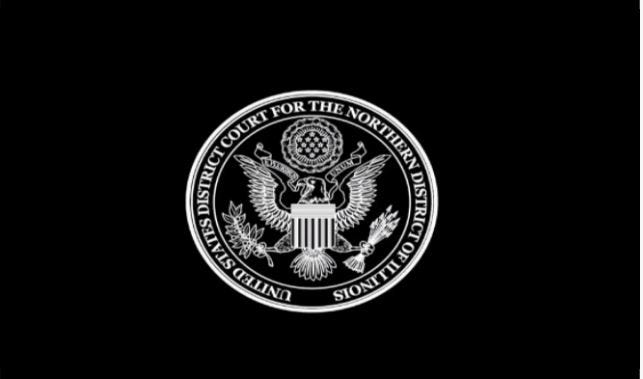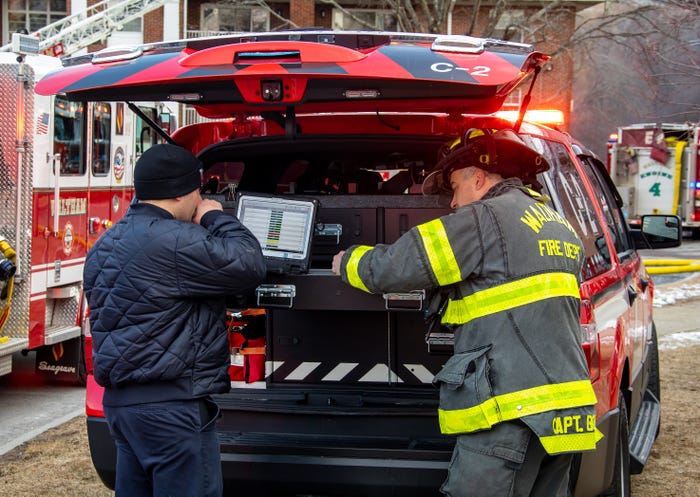FCC acts to allow TETRA in the U.S. permanentlyFCC acts to allow TETRA in the U.S. permanently
U.S. critical-communications licensees will be able to use Terrestrial Trunked Radio (TETRA) technology on a permanent basis, but the technology remains prohibited on public-safety spectrum, according to an FCC order released this week.
September 27, 2012
U.S. critical-communications licensees will be able to use Terrestrial Trunked Radio (TETRA) technology on a permanent basis, but the technology remains prohibited on public-safety spectrum, according to an FCC order released this week.
"The record is clear that TETRA is a valuable option for licensees requiring a spectrally efficient wireless solution, and we conclude that it imparts minimal interference potential to the RF spectrum considered herein, i.e.,the UHF band and the non-NPSPAC portion of the 800 MHz band," the FCC order states. "The benefits to PLMR users of permitting TETRA equipment under Part 90 in terms of equipment cost and capability exceed the asserted costs to other users, which we find to be largely speculative."
In the order issued Monday, the FCC changed its Part 90 rules to permit unrestricted use of TETRA in the 450-470 MHz and 809-824/854-869 MHz spectrum bands. The action effectively extends the FCC’s temporary waiver issued last year that permitted TETRA deployments in the U.S.
"This is extremely positive news for the TETRA market," Phil Kidner, CEO of the TETRA Critical Communications Association. "All arguments against the adoption of TETRA in the US appear to have been rejected by the FCC, and we are delighted that critical-communications users in the U.S. can now consider TETRA as fully approved."
Under last year’s temporary waiver, TETRA was trialed by New Jersey Transit, which plans to procure a TETRA-based network. New York City Transit and others also have TETRA trials, according to the TCCA. Having assurance that TETRA can be used on a permanent basis should cause transportation officials to be even more interested in deploying the technology, according to William Brownlow, telecommunications manager for the American Association of State Highway and Transportation Officials (AASHTO).
"I honestly think it will," spark interest, Brownlow said during an interview with Urgent Communications.
Utilities also have expressed interest in using TETRA, and the FCC action may encourage further interest from the sector, said Brett Kilbourne, vice president of government and industry affairs for the Utilities Telecom Council (UTC)
"I know there were some utilities that were actively looking to test it out in the U.S. on a trial basis," Kilbourne said during an interview with Urgent Communications. "Now, they don’t necessarily have to do it on a trial basis; they can do a full deployment.
"It should make a difference."
A digital, trunked radio technology that operates with TDMA in four time-slot channels within a 25-kHz channel bandwidth, TETRA is the primary LMR technology used for public-safety communications in Europe. However, in the U.S., Project 25 (P25) is the public-safety standard, and many first-responder officials have expressed concerns that allowing TETRA to be used by U.S. public-safety agencies would hamper interoperability — an argument that resonated with the FCC.
"We agree that interoperability is critical for public-safety applications and are sensitive to the concerns that parties have raised about the interference potential of TETRA on public safety systems," the FCC order states. "In light of these concerns, we do not believe the record supports allowing TETRA on the 800 MHz public-safety NPSPAC channels."
In its ruling, the FCC clarified that TETRA also cannot be used on 700 MHz public-safety narrowband spectrum, although there was no request to use TETRA on these frequencies.



